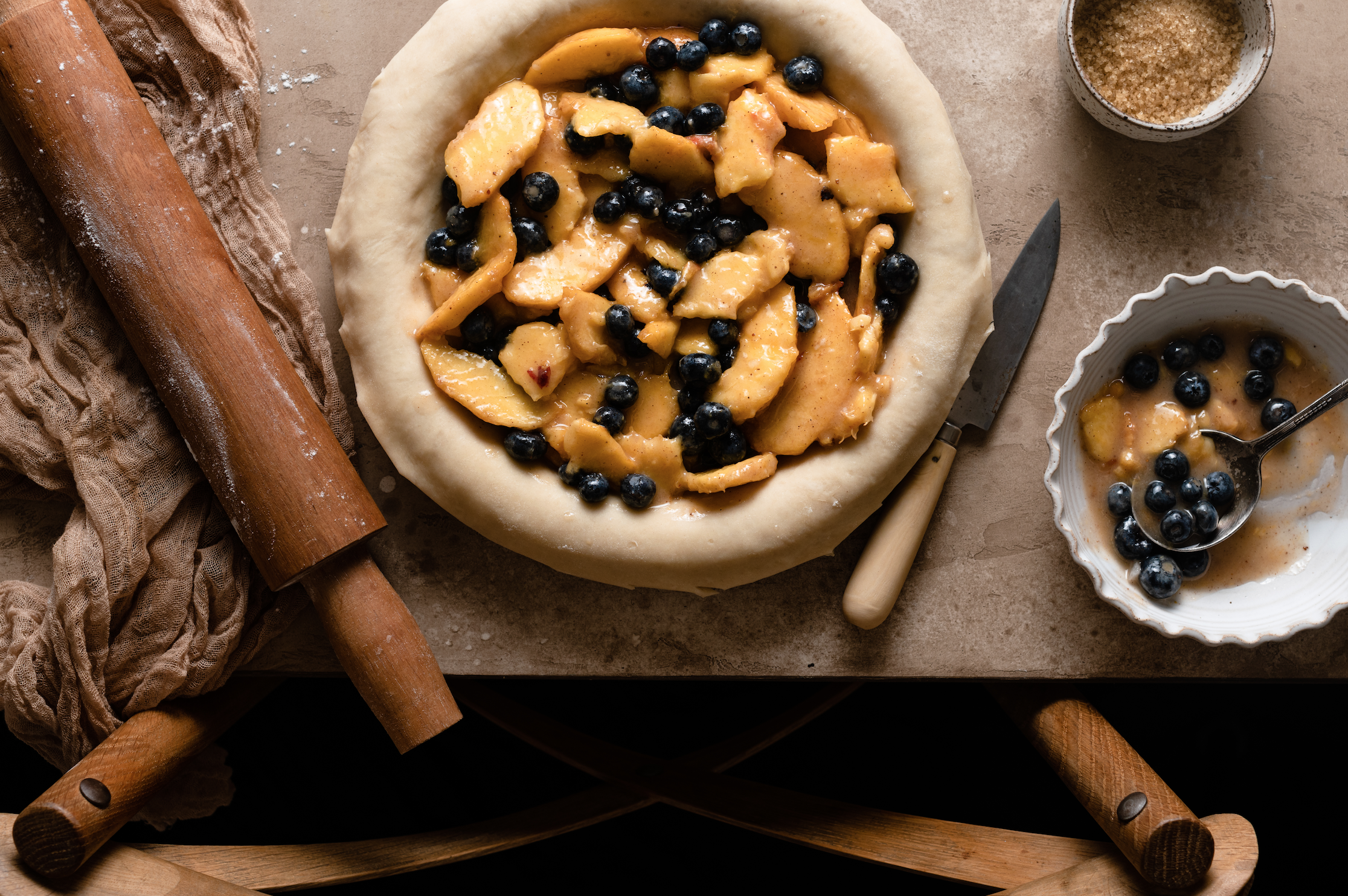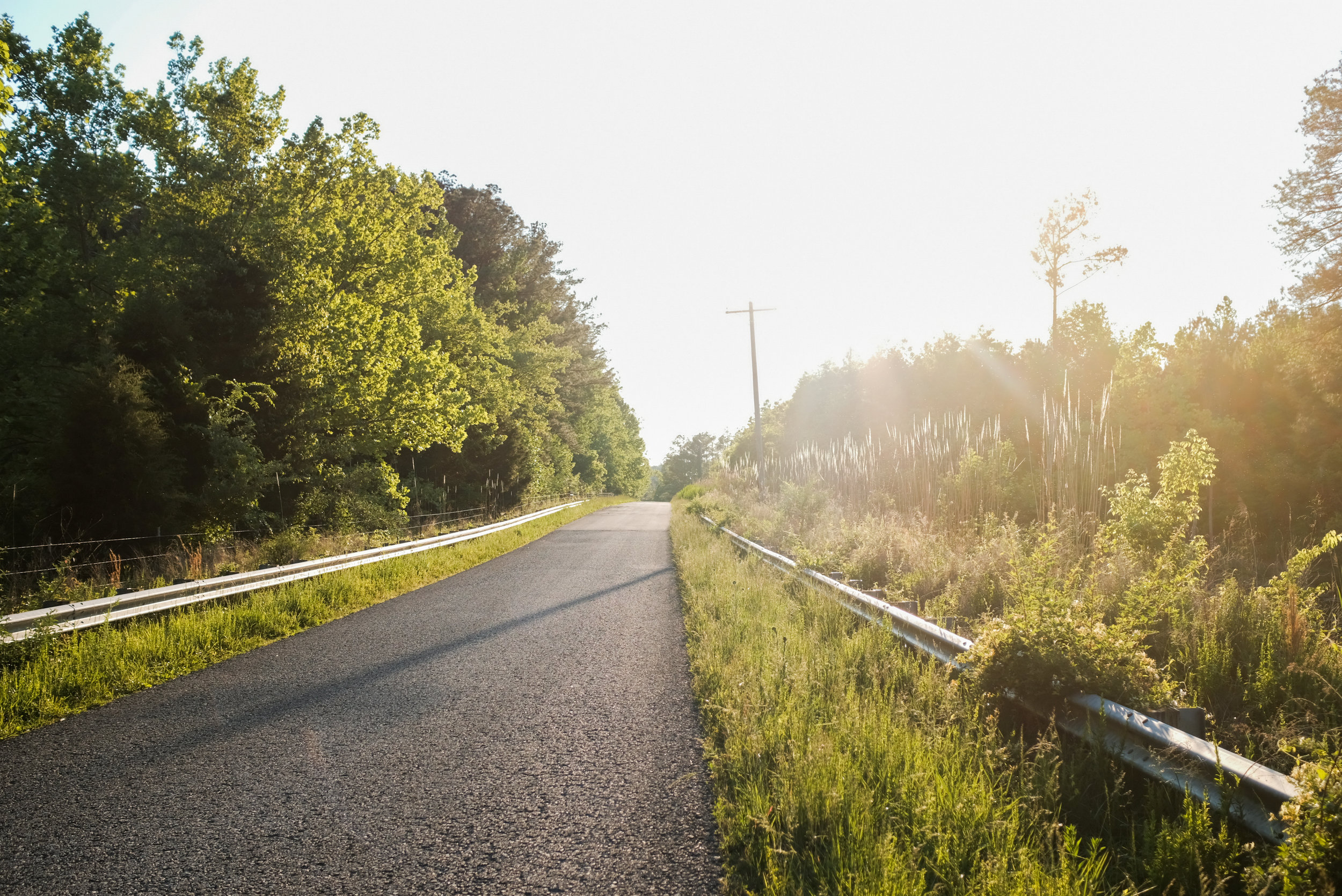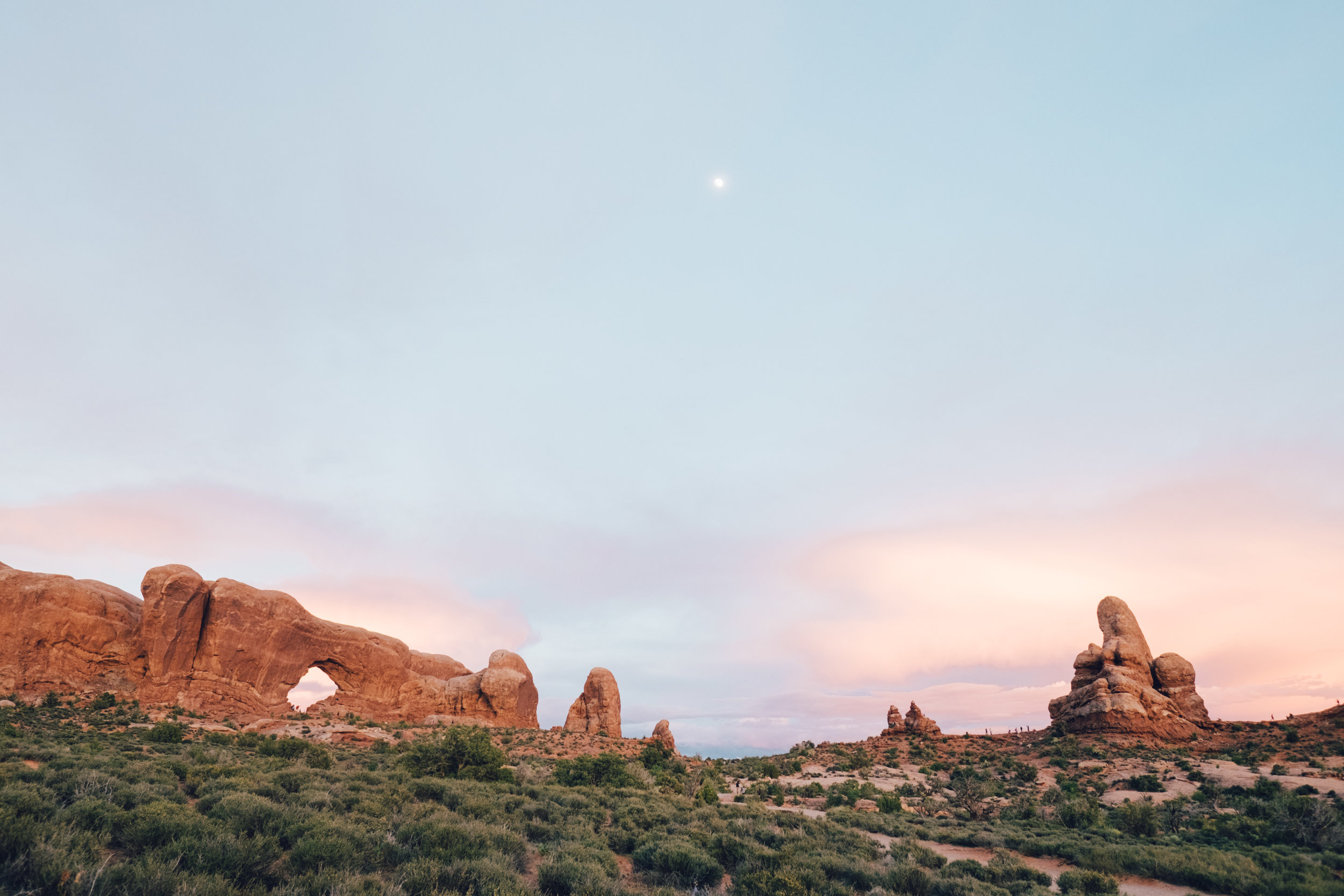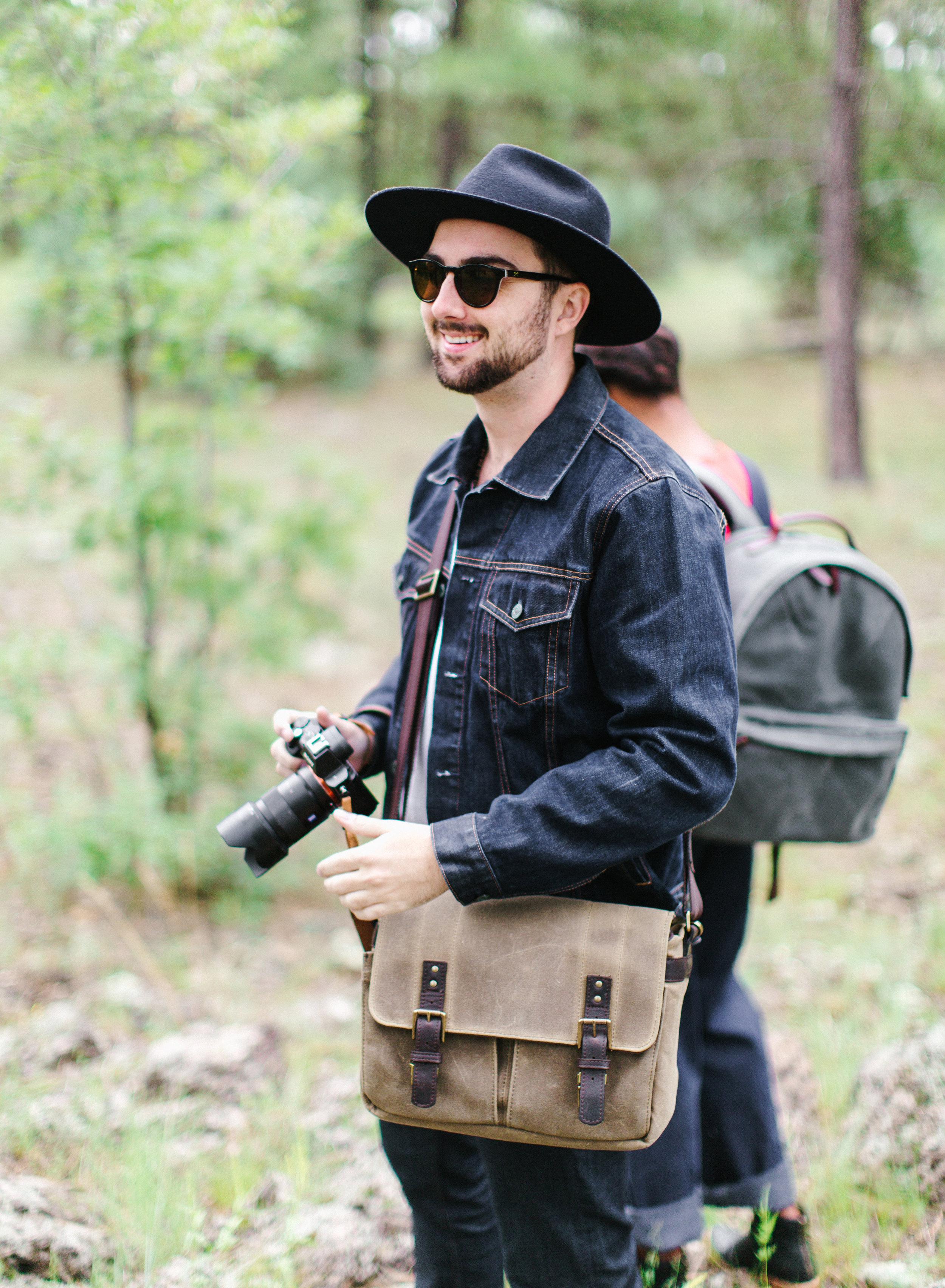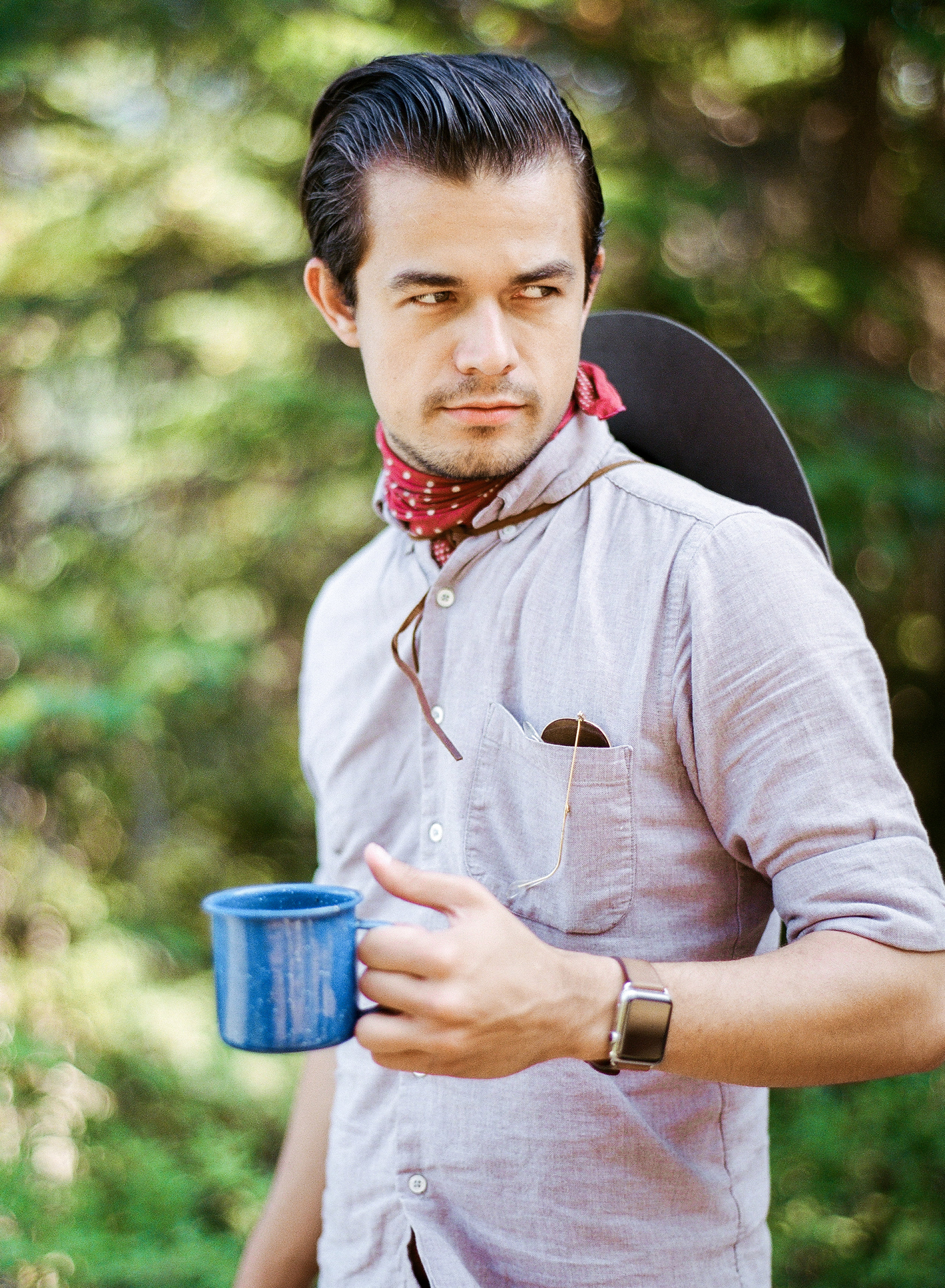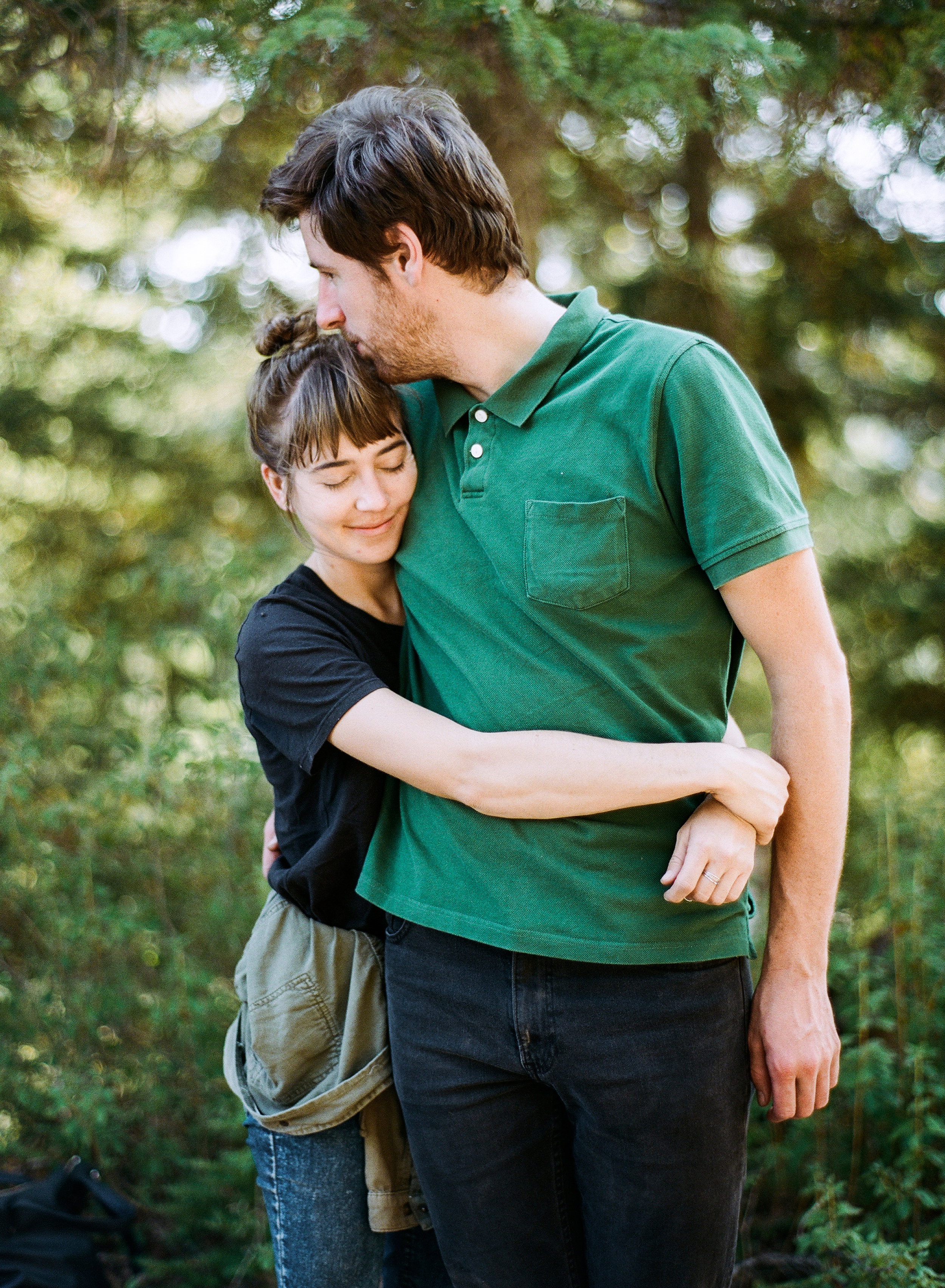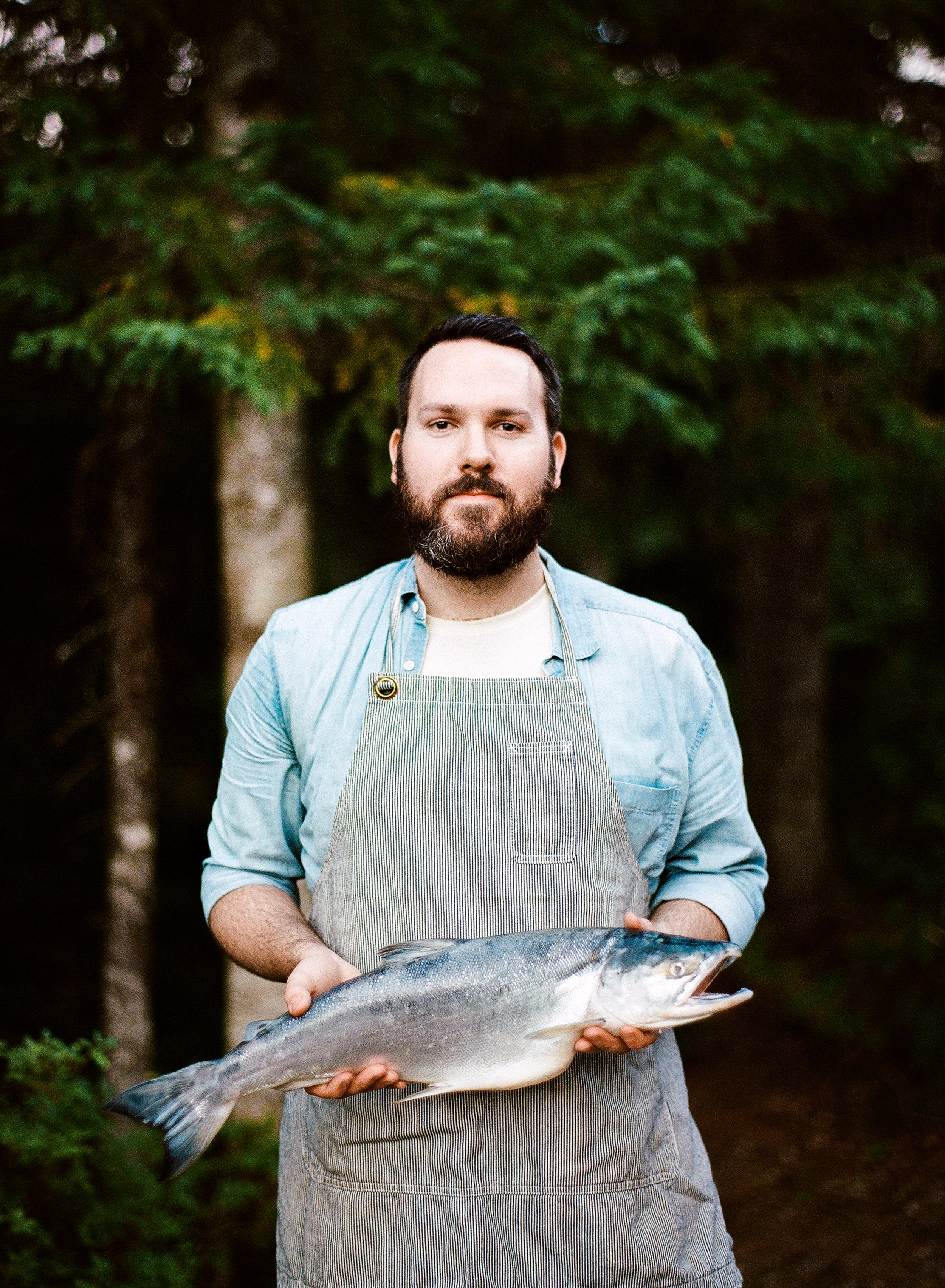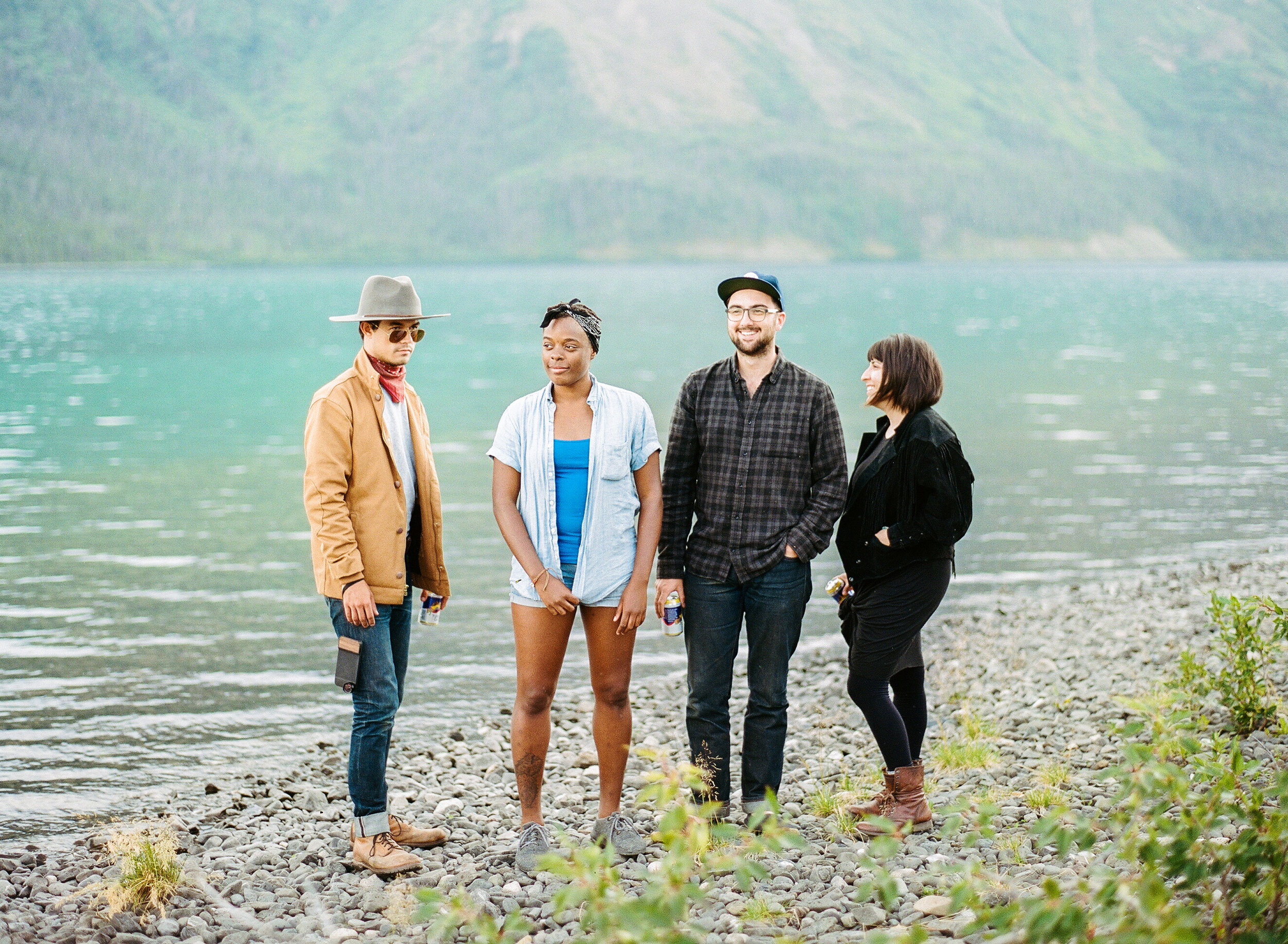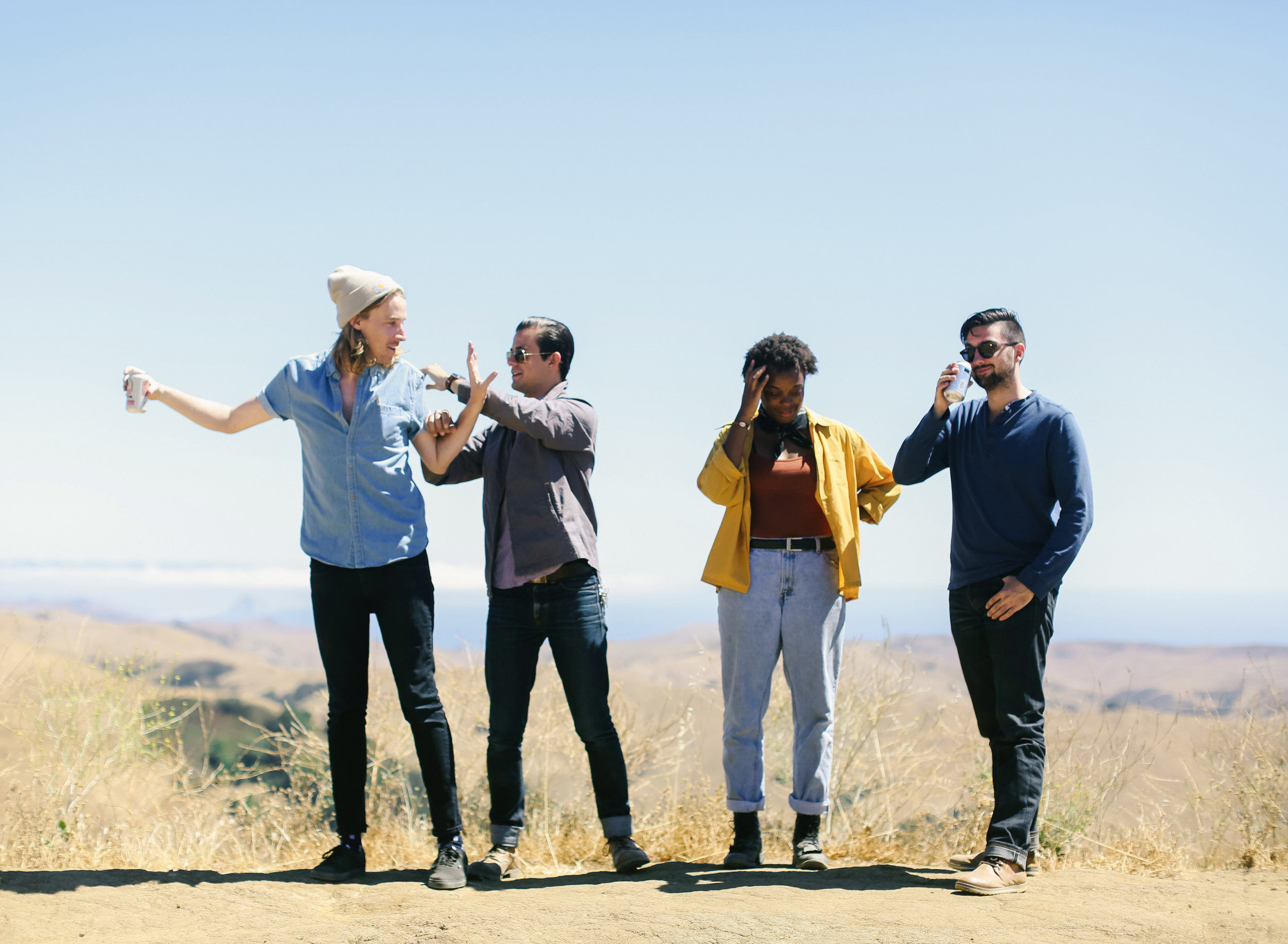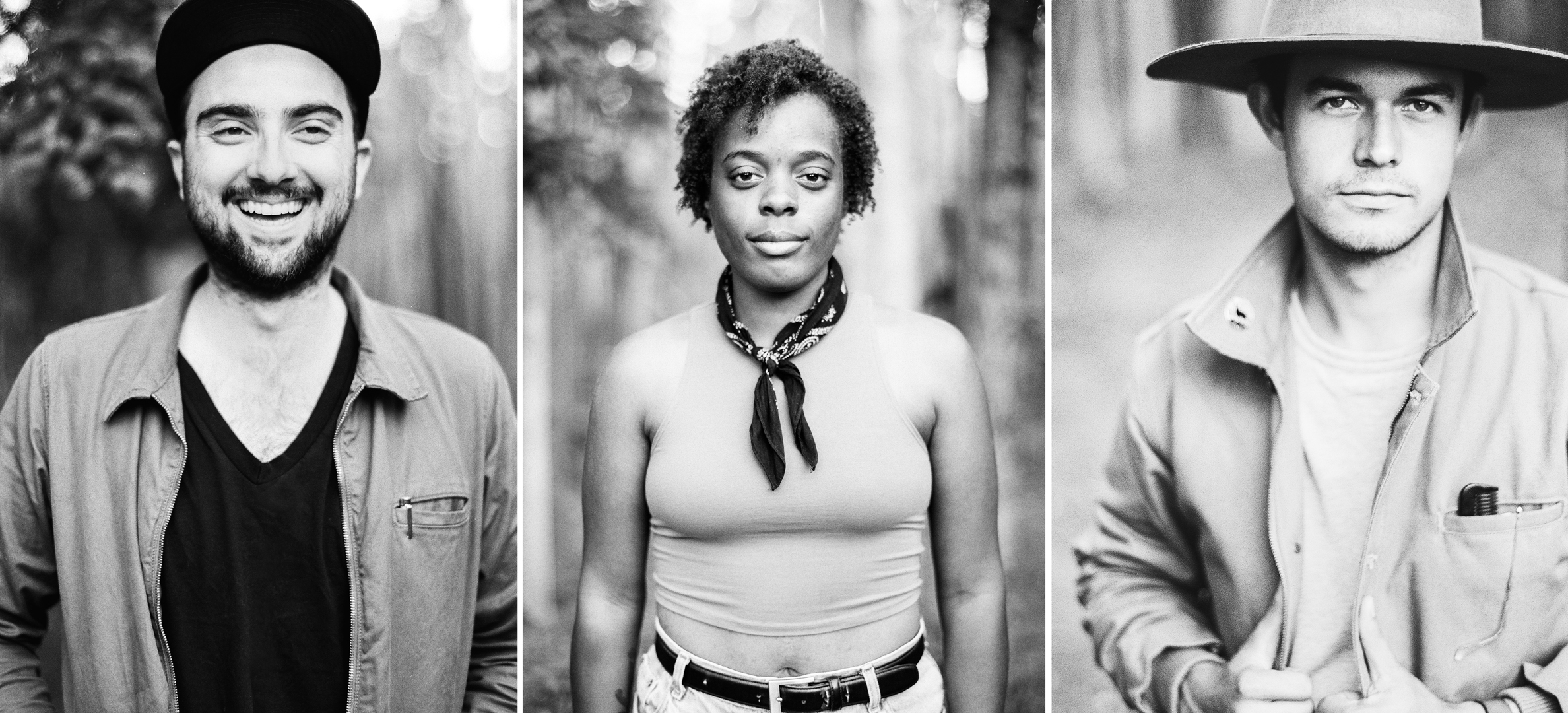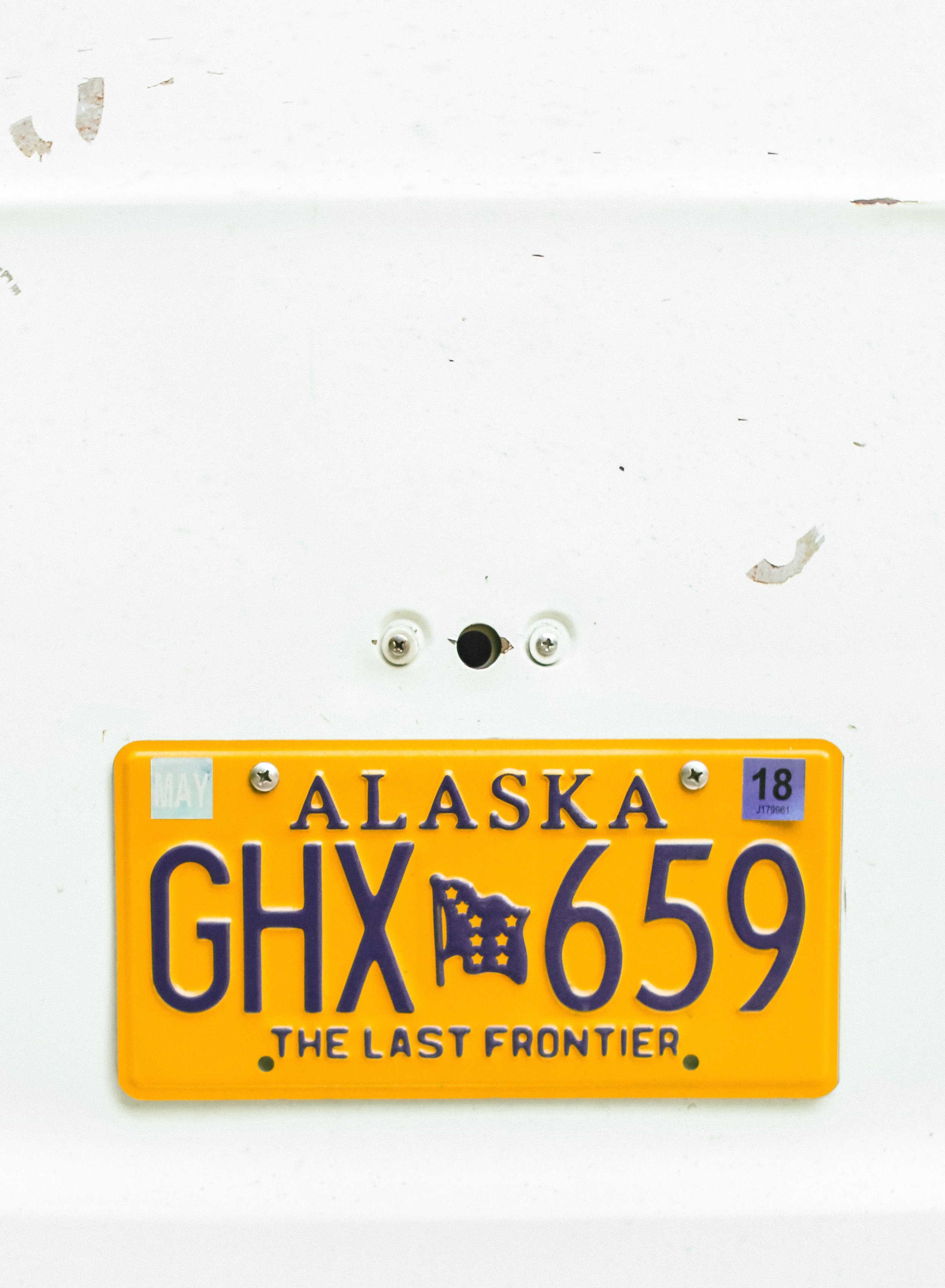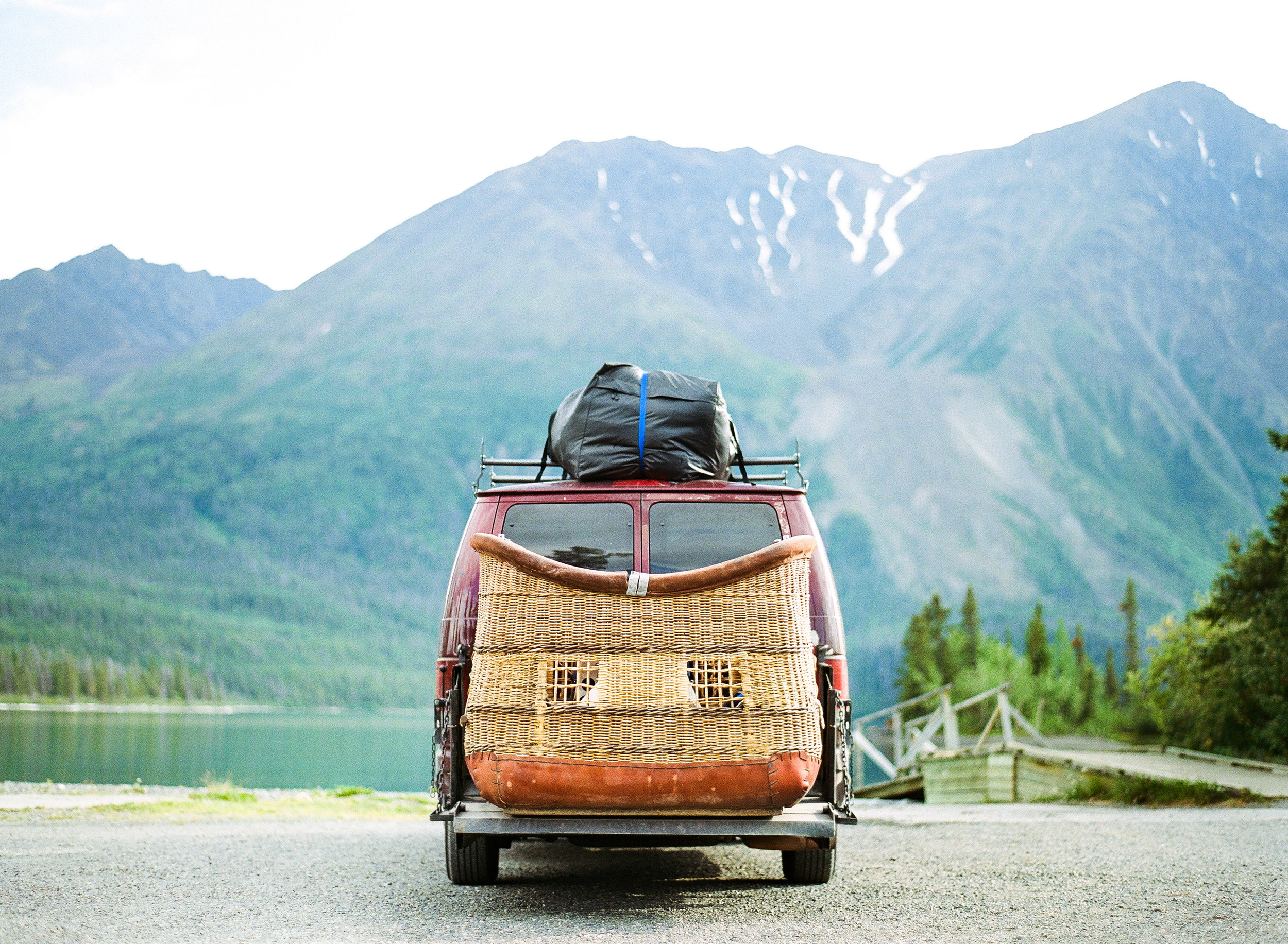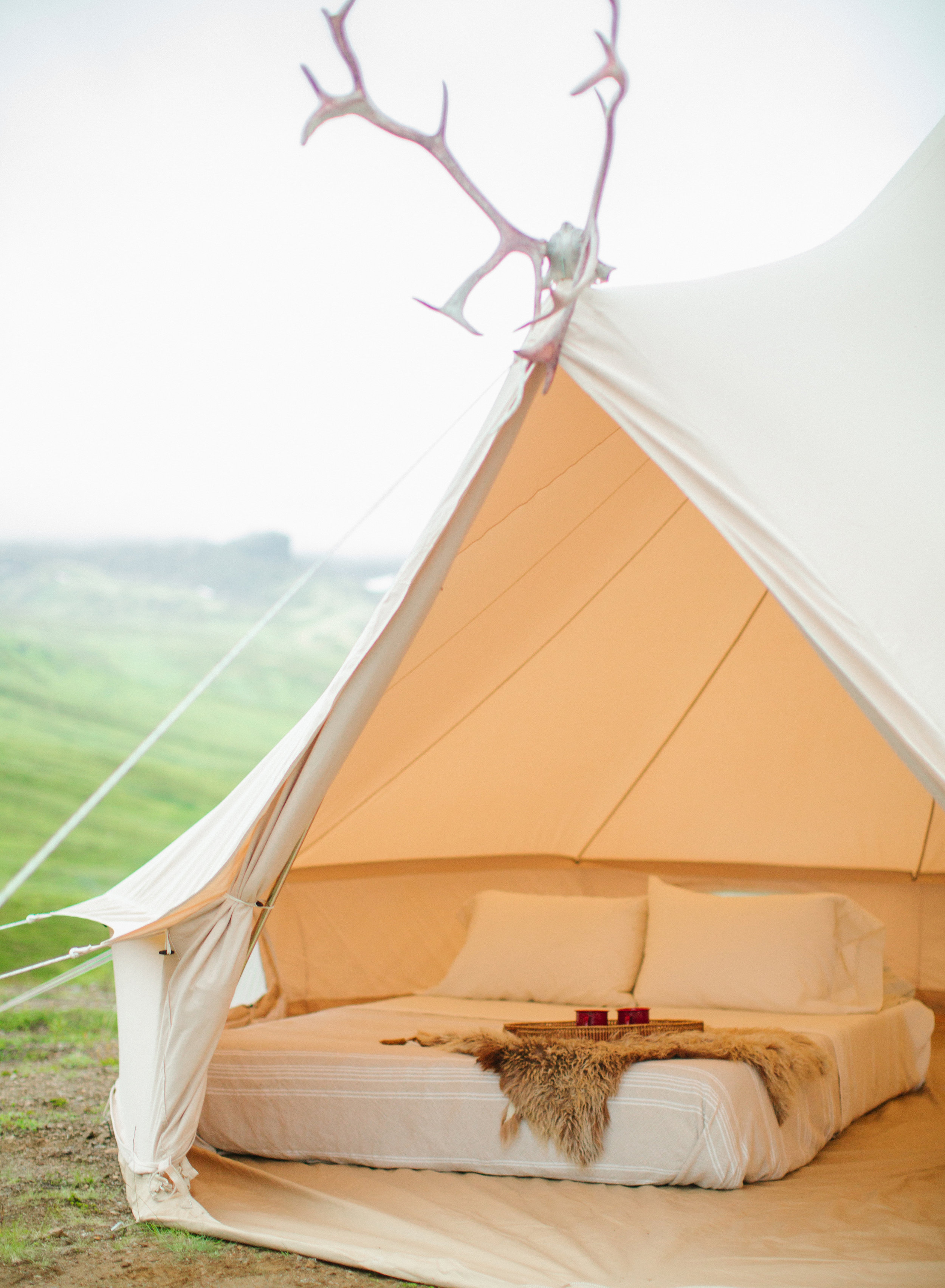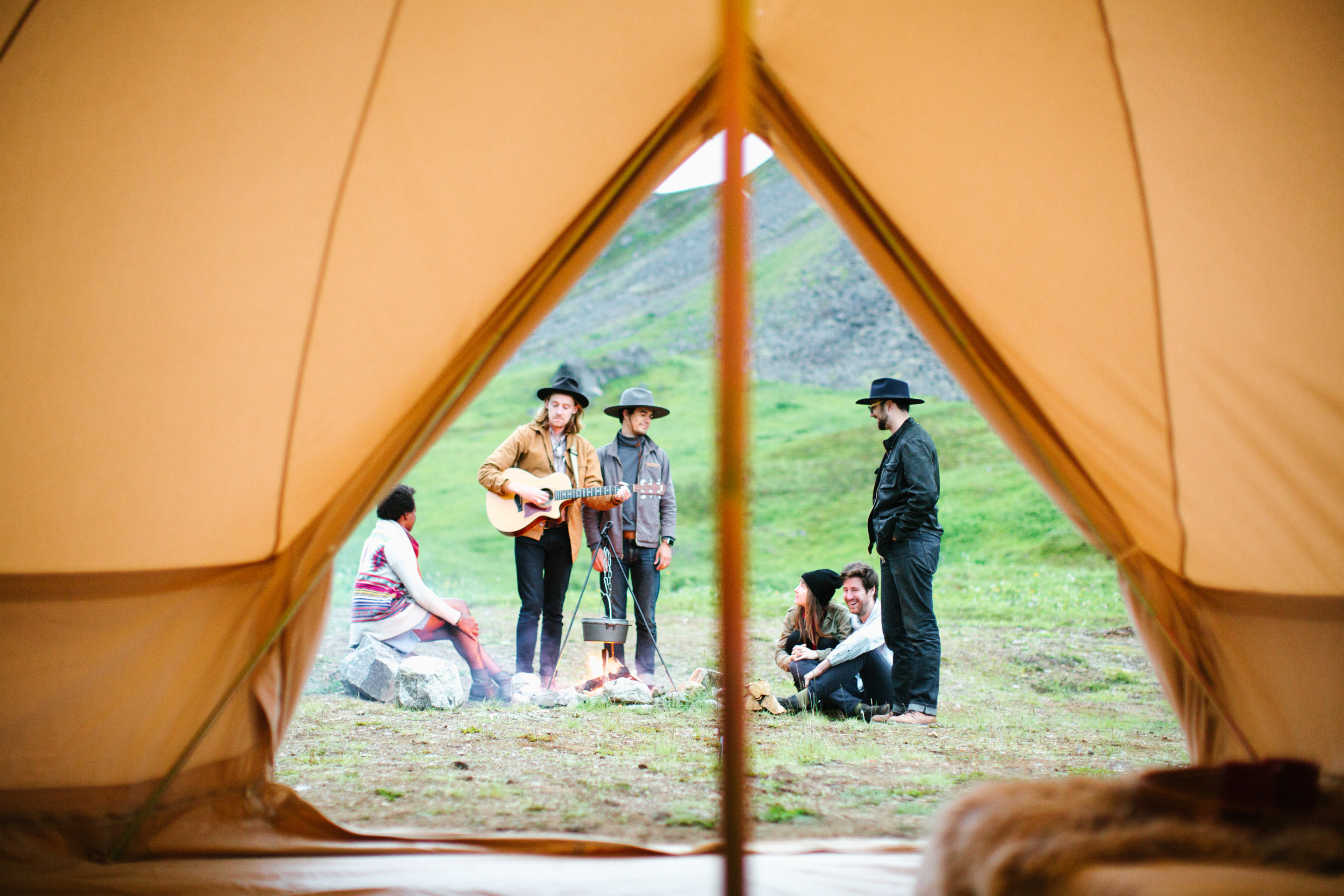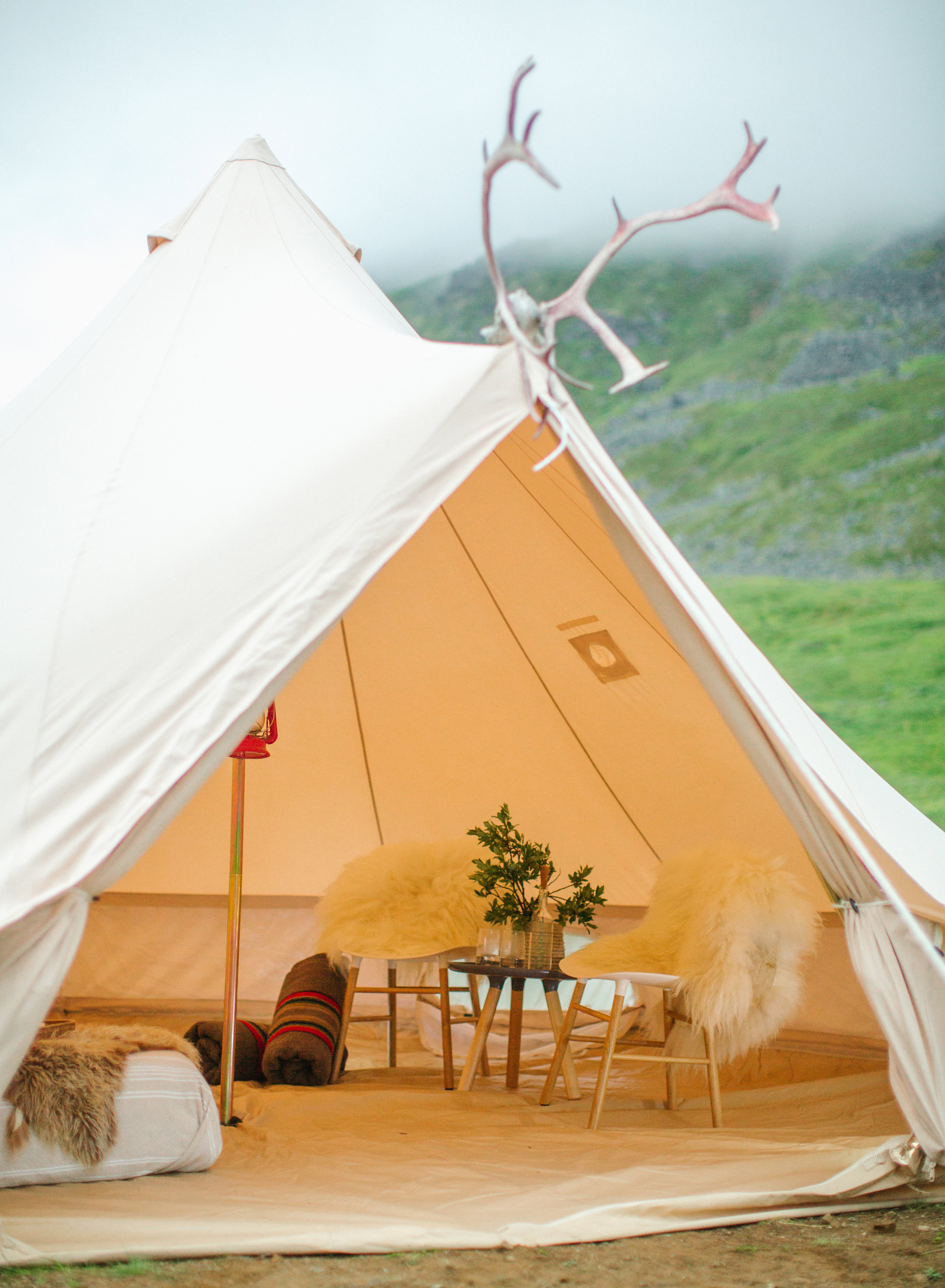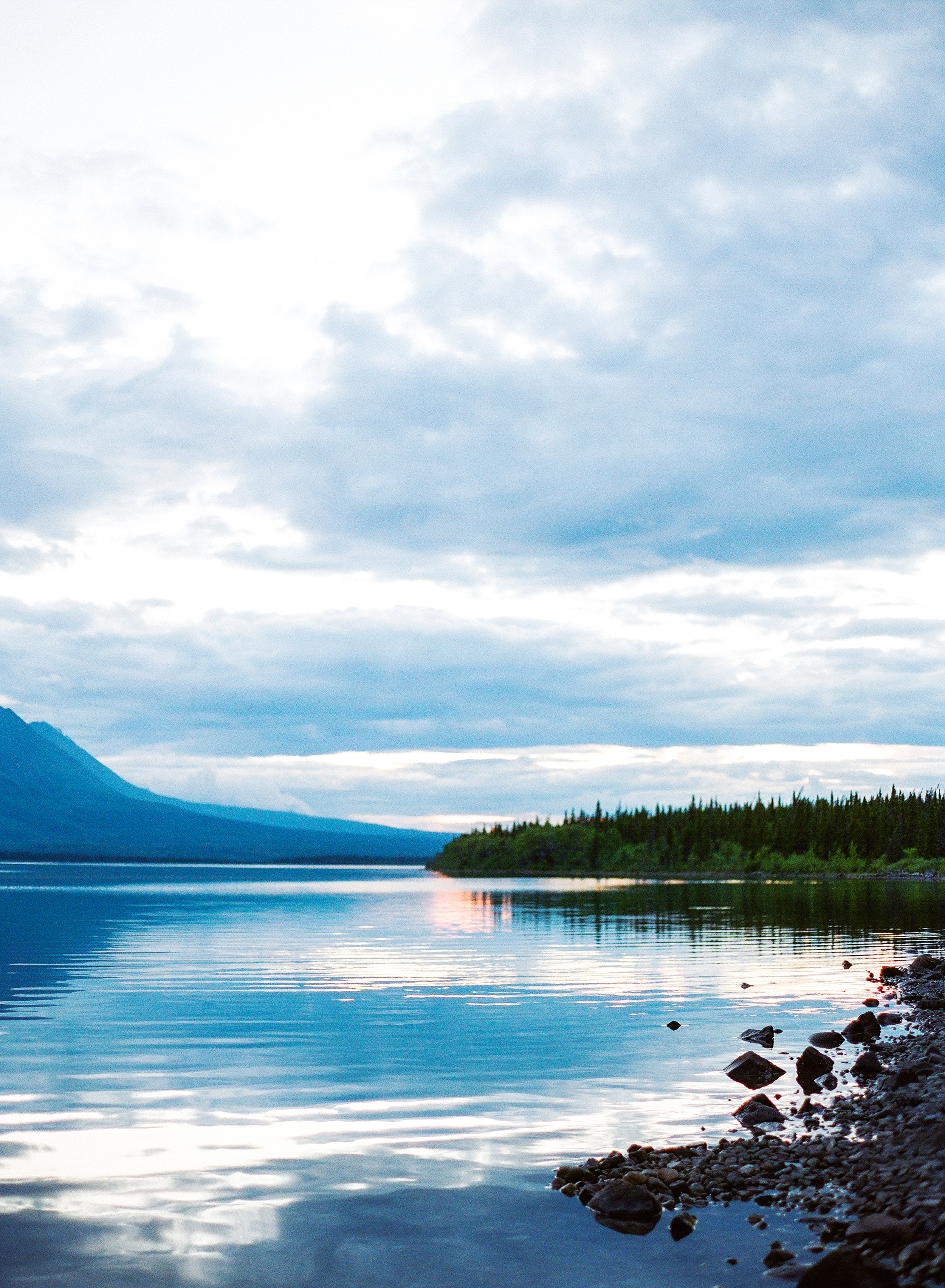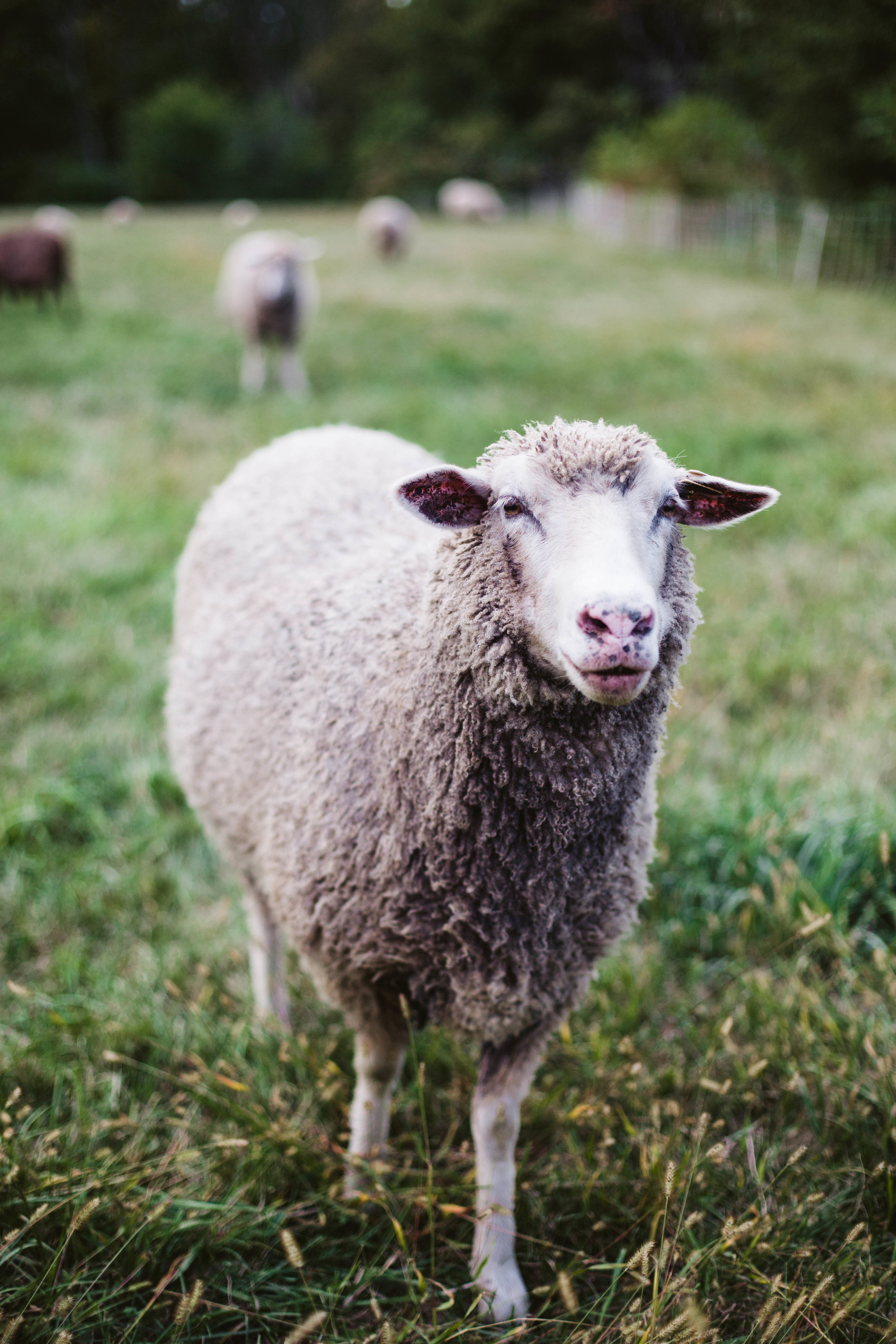A Day at Barn House
Ben Ashby
from FOLK issue one | Story & Photo: K. Taylor | 2011
Anyone who has ever attended a sale at Barn House will agree - it is an event, not a simple flea market
It's a beautiful Saturday morning in the Pacific Northwest. Driving down a country road in southern Washington you can feel the excitement. It's time for the Barn House Flea Market. And, as if on queue the sun is shining brightly, as it seems to every year. The Barn House farm is tucked away in the trees down long winding roads. Coming over the crest of a hill, white tents suddenly appear on a mowed pasture in front of a large red barn. There are three rows of them, their pointed tops contrasting against a bright blue sky, flags and banners rustling in the breeze. Entering the driveway you are greeted by the parking boys in their "Barn House Posse" shirts. With broad smiles they direct you into a spot in a field that has been cleared for the many cars that will be parking there that day. You make your way to the entrance where a long line has formed. There is excitement in the air - people with their coffees in hand, chatting about the last time they were here, looking forward to the treasure hunt that is about to begin. And then the gate opens.
The crowd flows into the market, eager to see what each booth holds. There is coffee at the entrance, along with a delicious selection of cupcakes and scrumptious loaves provided and served by Folie a Deux - the catering company that has been with the boys serving up her delectable treats since the beginning. The band Celilo is entertaining the excited shoppers, music floating down through the aisles, creating an atmosphere more reminiscent of a party than a vintage sale. This year there's also the addition of a food truck - Four and Twenty Blackbirds - that served delicious empanadas.
The Barn House Flea Market is an event, rather than a simple flea market. Every year the magic grows, and this year was no exception. This isn't simply a group of vintage vendors, but a close knit community. Joe and Jermonne - the Barn House Boys - have created an air of friendship on their little slice of paradise. A slice of paradise that people want to be a part of. And then there are the shoppers. Everyone who arrives is received with hugs and smiles and one immediately feels like a cherished friend.
This year's additions included an incredibly delicious empanada food truck - Four and Twenty Blackbirds which was a huge hit with the hungry crowds come lunchtime. Between them and the ever-popular Folie a Deux and their delicious baked goods, not to mention lunch specials, everyone was well fed. Shoppers were serenaded by featured musical guests Celilo - the perfect accompaniment to a day filled with friendship, laughter, and great shopping.
The boys of barn house lead a fairly simple life. They enjoy their time on their farm - hanging with their barnyard animals, from llamas, sheep and goats, to turkeys, chickens, and barn cats. And they value their friendships greatly. They moved to the farm 5 1/2 years ago. With a charming old farmhouse and a large red barn, the potential was endless.
I spent some time with the boys of Barn House and asked them a bit about the background story behind their success, as well as what they envision for their future.
KT - Where does your love of vintage come from?
Jermonne - Joe started early - he would go with his mom and sisters to thrift stores as a child, which lead to his love for collecting vintage treasures. When we moved to Washington from Los Angeles, it was a perfect opportunity for Joe to find something he truly loved for a new career. After about a year or so of exploration, Barn House was created.
KT - What gives you the most joy when it comes to the sales?
Jermonne - Both of us get the best reward from friends/visitors from all over the world who come and visit our little farm. Their warm hugs and kind compliments about what we have created is the most rewarding. Their generosity with their purchases doesn't hurt either.
KT - What are the biggest challenges with running a business on your property as well as running an online store?
Jermonne - The hardest part os juggling our responsibilities with my other gig (Jermonne holds a full time job as well), managing a little farm, keeping up with the property maintenance during a short, but accelerated growing season here in the Northwest AND finding time to roam the countryside for treasures.
KT - What is your dream/plan for the Barn House brand?
Joe - The future for Barn House is to keep the business on the farm as long as possible. I would love to become fully sustainable here and be an inspiration to those who dream of a beautiful and simple way to live.
KT - Have you ever considered creating a line of products by Barn House?
Joe - I have my head full of ideas and creations. It wouldn't make sense not to share my creative gift with everyone. So, designing Barn House products only makes sense. American made, of course!














